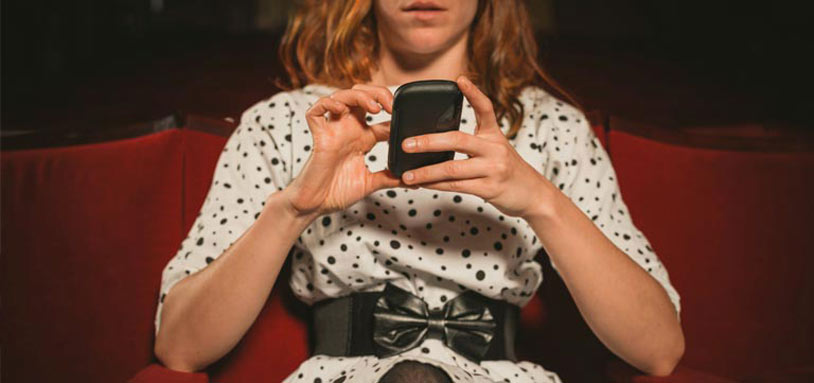Useful Tips
What to know before you go
What to Wear
Most performances today appeal to a broad audience, including many travelers, and dress codes have relaxed accordingly. You might find yourself sitting at the opera with a tuxedo on your right and jeans on your left. If an event has a strict dress code requirement, you will find that information on the event page on Classictic. For all other events, we recommend wearing whatever will help make your experience special for you. Of course, almost all events involve sitting still for a reasonably long time, so make sure that you will be comfortable enough to enjoy the music.
When to Arrive
For most performances, we recommend arriving at the concert location at least 30 minutes before the start time. If the admission process is time-consuming, you will find an earlier admission time indicated on your e-Ticket. Especially in historically or architecturally notable venues, give yourself the opportunity to take in the atmosphere of the venue before the music begins.
*Please note: Admission is not guaranteed if you arrive after the published start time of a performance.
How long is the event?
A typical evening at a major concert hall can vary from about 90 minutes to 3 hours. Opera is often a lengthy affair, lasting anywhere from 2.5 hours for a typical Mozart opera buffa, to over 5 hours for Wagner’s “Die Meistersinger von Nürnberg“. Sometimes, the performance will be divided in three sections, with two intermissions, to give the audience the opportunity to stretch their legs and attend to bodily needs. At Classictic.com, you can look for information about the duration of a performance below the event description. If we receive that information from the concert organizer, we publish it here, to help you plan your musical experience.
When to Applaud
Is it over? If you are not sure, then avoid being the first to clap.
Some compositions are made up of smaller parts, usually called “movements”. Beethoven’s famous Fifth Symphony, for example, has four movements: Allegro con brio, Andante con moto, Scherzo, and Allegro. These different sections of the piece are typically named (in Italian) for their specific tempo (speed), and mood. The break between movements is very brief, leaving you just enough time to shift your position, take a deep breath, and prepare your ears to listen afresh. Applause between movements is disturbs the flow of the piece, and it tends to attract glares and scowls from other audience members. Consult the program to see how many movements to expect within a work.
On the other hand, you might be surprised to find a rowdy audience clapping and hooting in the middle of an opera, well before the curtain goes down. Tradition allows for applause at the end of a particularly well-sung aria, duet, or whole section. In earlier eras, the audience would occasionally insist that the soloist repeat her aria several times, before they agreed to let the show go on. Here, again, if you are new to the genre, your best bet is to go with the flow, and avoid being the first one to put your hands together.
Preparing for the Concert:
Music nourishes the soul, but…
Even the best performance is no match for a grumbling stomach. Eating and drinking during a performance is generally not allowed, unless you are attending a dinner concert. Many performances begin when you might usually be sitting down to dinner. Even if you plan to eat your main meal after the event, be sure to have a snack before the concert.
Ahem!
Particularly during the colder months, the pause between the movements of a piece frequently triggers a coughing fiesta among the audience. A throat lozenge or other sucking candy can save you from an awkward sudden exit from the center aisle. If the candy wrapper looks noisy, you might want to unwrap it before the music begins, in case your itchy throat happens to act up during the quietest moment of the program.
Smile!
A memorable occasion deserves memorable photographs. Most venues do not allow photos and videos of the stage during the performance, but you can certainly shoot selfies before the music begins. Arrive early enough to capture a few details of the location. If photographs and videos of the performance are allowed, try to be sensitive to the people around you, as well as the artists on stage.
It’s for you!
By all means, turn off the sound on all electronic devices before the performance begins. In recent years, famous conductors have been known to halt a performance mid-movement and stare down an audience member whose telephone was ringing.
A Closer Look
In earlier eras, an “opera glass”, the elegant binoculars made for the opera house, was primarily engaged to peruse the clothes and behaviors of other members of the audience. (Has Count von So-and-So dozed off again before the second act begins?!) For events in large halls or open-air arenas, binoculars can give you insight into the intricacies of the action on stage.

